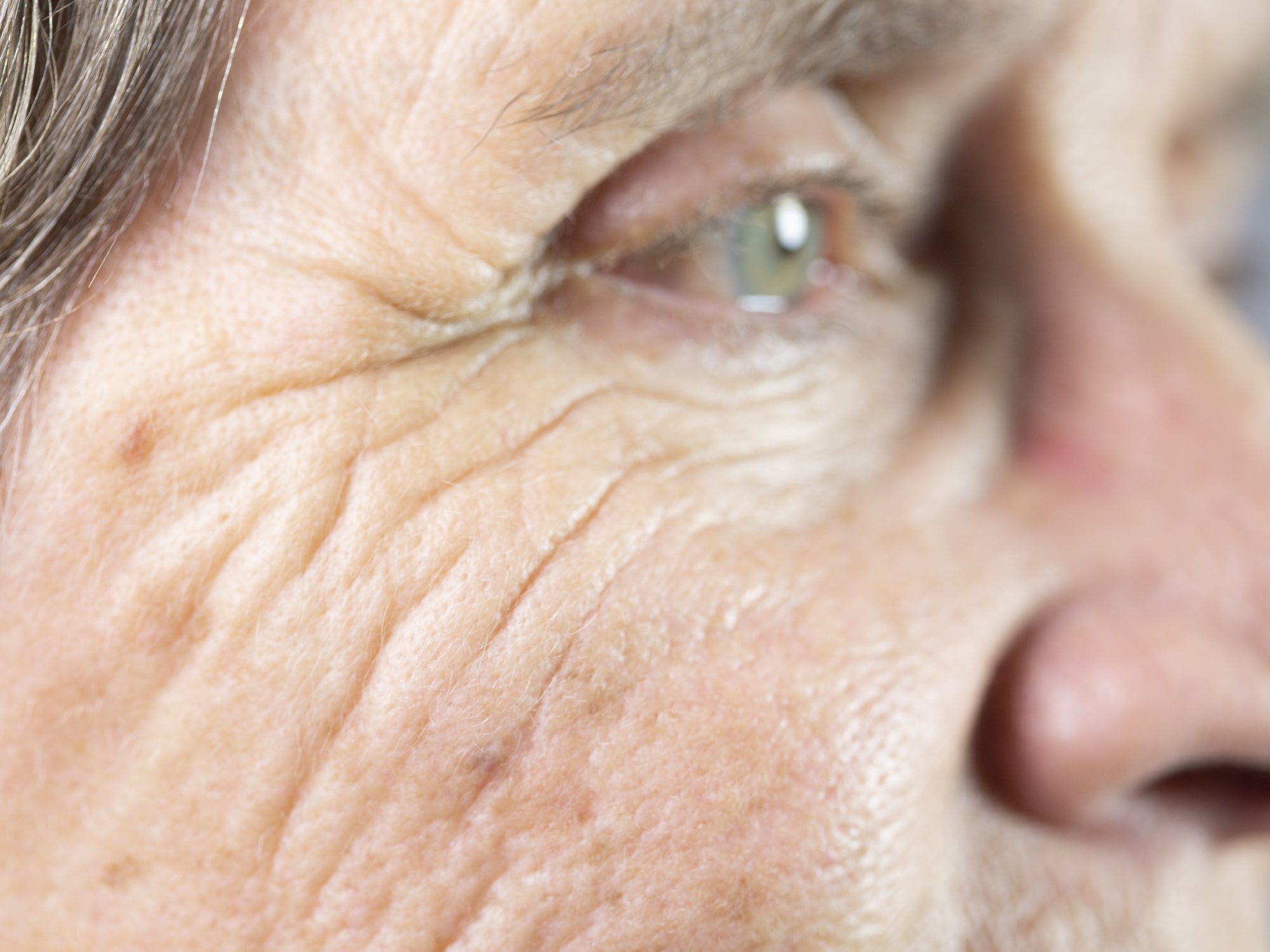What is actinic keratosis?
Actinic keratosis (also known as solar keratosis) is a precancerous skin condition, which causes small lesions to develop on the skin. It’s a relatively common problem in pale-skinned people who’ve spent a long time out in the sun, and tends to affect the middle-aged or elderly. It affects areas of the body that have been exposed to sun damage over a long period of time - we’re talking years rather than days - such as bald heads, foreheads, the upper chest, the backs of hands, and forearms.
What does actinic keratosis look like?
The appearance of AK can vary considerably from person to person, which is why it’s so important to get any changes checked out! Generally, AK lesions are small gritty bumps on those exposed areas of skin; they can sometimes look a bit like warts, but are often scaly, thickened, dry or inflamed-looking. They can itch or sting, and can be quite uncomfortable in some cases. Diagnosis will take into consideration where on the body they are, as well as what they look like.
What causes actinic keratosis?
Actinic keratosis is caused by sun damage to the skin over a long period of time, as UV light causes changes to the skin. Because of this, it tends to occur in those who’ve spent much of their lives working outdoors, but can also affect keen golfers, those who’ve used tanning beds over many years, and people who burn easily.
How do you treat actinic keratosis?
AK needs to be taken seriously, because of its association with squamous cell carcinoma, and the fact that people with AK can also go on to develop basal cell carcinoma, a much more serious skin cancer. It will need an expert diagnosis, and careful management to reduce the risk of the lesions turning cancerous. For this reason, AK should be diagnosed by a doctor, who will make a considered decision about whether to treat the lesions, what treatment is most appropriate, and will check for signs of other problems.
Some mild actinic keratosis lesions can be left and monitored without treatment; up to 70% of lesions resolve by themselves after a few years. People would be advised by their doctors to monitor closely for any changes, use emollients for comfort, and be very strict about protecting their skin from any further sun damage.
Other AK lesions can be treated at home with medicated topical creams. These creams are more likely to be prescribed for AK that is fairly widespread, and less easily treated by surgery, photodynamic therapy, laser treatment or cryotherapy.
Treatment for AK can itself cause the skin to end up sore or inflamed, so you can try over-the-counter creams as well as medical treatment to help ease the discomfort. Try a natural, oil-rich balm like Skin Salvation for very dry or tight or itchy skin, or to help keep skin hydrated after surgery or cryotherapy.
See our article What Is The Best Treatment For Actinic Keratosis? for more details about preventing and treating actinic keratosis.
Although actinic keratosis isn’t something you can treat with emollients, moisturising your skin with intensive, non-irritant creams or salves can help keep skin in good, healthy condition before and after treatment, and can help ease the uncomfortable symptoms of itchy skin.
We advise customers not to apply oil-based balms like Skin Salvation to skin exposed to direct sunlight, as the high oil content can cause burning and we don’t add sunscreens to our products. Apply last thing at night instead!
Recommended products:
Balmonds Skin Salvation
with hemp and beeswax
Balmonds Cooling Cream
with shea, menthol, aloe vera & lavender
Balmonds Daily Moisturising Cream
with shea butter and calendula
